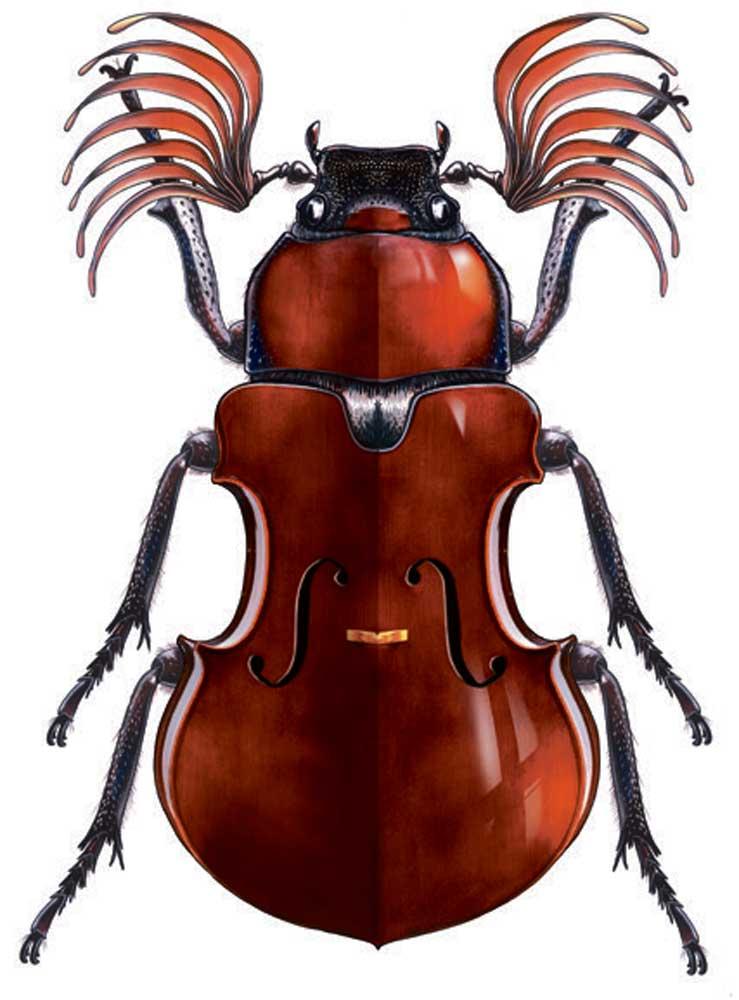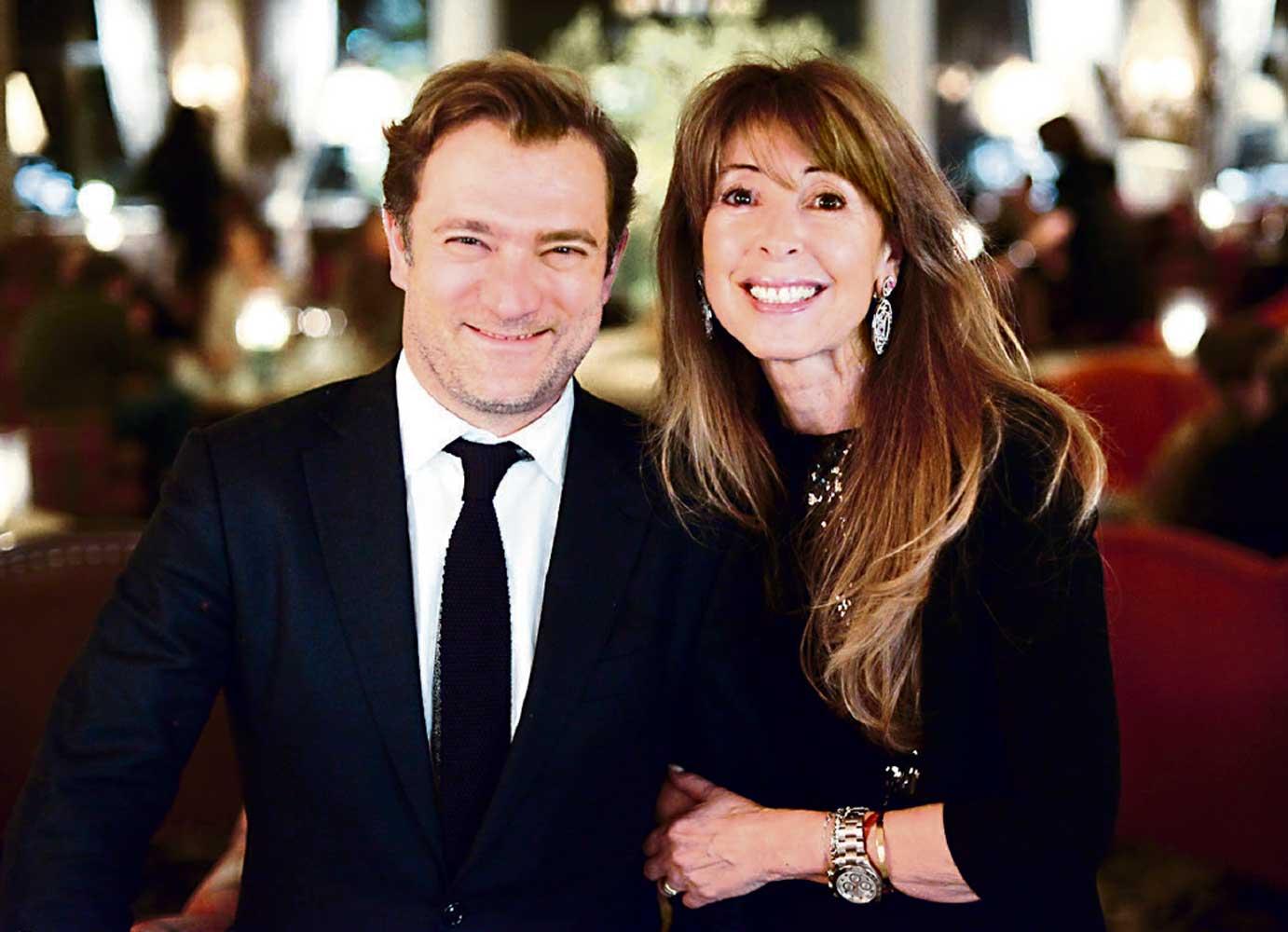Pulling the strings
31.01.2020 Arts & CultureCan you tell us a bit about your background and your relationship with Gstaad?
I have a strong emotional attachment to Gstaad: both through my family and my work. My husband spent much of his childhood in Gstaad. His parents rented a chalet for the summers in Schönried and he came to the mountains regularly. Soon after I met him, he brought me to Gstaad. Later on, we rented a chalet and my children took their first steps and learned to ski in Gstaad. I love the beauty of the region and really like to walk and hike up here.
My professional life also regularly brought me to this area. In my first job I was an engineer and took care of regional trains such as the Montreux Oberland Bernois (MOB). I used to come up here to conduct brake tests on the straight stretch of line at Flendruz. I was in charge of quite a few regional trains. At that time, the MOB had great financial potential – it was a private company and, in addition to the trains, had hotels in Montreux. I also worked with the little rack train on the Rochers-de-Naye.
Where did you study engineering?
I studied at the Ecole d’ingénieur de Genève. After I graduated, I went on to the Ecole polytechnique fédérale de Lausanne (EPFL), where my professor persuaded me to improve my skills in electric traction and to study further in this field. He was the person who taught me everything. He subsequently became director of the MOB and he became my first employer.
This was a very important industrial period for Switzerland. It was also a good time for me because I was lucky enough to be one of the first women engineers employed in this field. I was in the sales department and dealt with foreign customers who were interested in our trams and trains. I was in charge of the electrical part of the train; the mechanical part was done by another company. I had a direct link with the company directors and used to go to Bern regularly. In fact, being in the sales department, I was the link between the customers and the rest of the company that dealt with the electronic components.
My attachment to Gstaad is still very, very strong. When Thierry Scherz invited me to join him in the Sommets Musicaux I probably wouldn’t have said yes so spontaneously if it had not been an event in Gstaad.
What are your emotions as you approach this important 20th anniversary of the Sommets Musicaux?
This question takes me to the emotional side of the festival. I met Thierry in 1998. We worked together with a lot of passion for the festival, we worked day and night – at any time, at any moment. He became part of my family; part of my life and my husband and children knew him very well. After three or four years of hard work we could already see that the festival was well received by the people of the region and that internationally renowned artists were happy to come here. It was very rewarding to see that all the work we had done had been successful. Our good fortune in being accepted by the region was certainly thanks to Thierry and the positive image of the Palace in the region. After two years we were fortunate to obtain the support of our main sponsor, the private Rothschild Bank, which has supported us for the past 14 years, enabling us to continue and to attract high-quality artists.
It’s wonderful to have reached the twentieth anniversary and to have achieved the quality that the festival represents. I can assure you that when I arrive at the beginning of the festival, I am very excited and when it’s over, it’s a big void.
I understand that you handled the 2015 festival on your own?
In the summer of 2014, when Thierry passed away unexpectedly, I didn’t ever ask myself if I would continue alone. I didn’t hesitate; I said “I’m going on”. Thierry was in charge of the programming and he had already done it for 2015. I was in charge of finance, communication and everything else. The 2015 festival went ahead as planned.
In the meantime, I started talking to the violinist Renaud Capuçon. He had performed in Rougemont the previous year and I met him then. Thierry had a cold the day he came so it was I who accompanied Renaud and took care of him before and after the concert. We chatted informally as we drove around and he talked about how he loved the mountains and how happy he was to be in this region. At that time there was no question of Renaud becoming artistic director but, when Thierry died, one of our patrons put me in touch with him. That’s how the contact was made.
He came to the 2015 festival and, after experiencing the atmosphere of the local churches and Gstaad, he started preparing the programme for the 2016 festival. We were honoured to make two new appointments in 2016: Vera Michalski-Hoffmann as president of our festival and Renaud Capuçon as artistic director.
Our goal is to continue to attract world-class artists and to offer an exceptional programme. Renaud provides us access to renowned artists who normally play in large international venues. This year for instance our programme includes artists such as Philippe Jaroussky and Martha Argerich, who normally fill halls with thousands of people; here the capacity of the church will limit the audience to just 200-250 people. During the festival, the public has an opportunity to come and spend a wonderful week with these great musicians.
Both the Sommets Musicaux and the Menuhin Festival draw great artists. How do you explain this?
Originally Thierry took care of the programming side of the festival. He was passionate about classical music and had a vision of attracting the best artists. Now we have Renaud who knows all the artists and has played with many of them. Having an artistic director who is himself an internationally renowned artist makes it much easier.
Another factor is the warm welcome that we offer the artists when they come to Gstaad. You can say that all festivals, all cities, give a warm welcome to the artists but we also provide a moment of rest for them. They are in the mountains; there is the pleasure of being in a unique place. Gstaad is a very beautiful region and the artists are sensitive to this. They have their rehearsals, then the concerts and afterwards dinner. Sometimes artists come for two days and ask to stay on for two or three more days because they like the area so much.
What are the differences between the Menuhin Festival and the Sommets Musicaux?
The Sommets Musicaux is held in winter, it’s only nine days. Our festival is smaller, more intimate. We hold all our concerts in the churches, so the audiences have a direct proximity with the artists. We also host dinners for the artists and the public can participate. The intimate side of our festival is very important: the closeness between us (the organizers), the artists and the public.
How long does it take to organise the festival?
We work on the festival all year round. Renaud is already working on the 2021 programme and I have started drawing up the contracts. Each year Renaud organises the programme on a theme; this year it’s the piano, next year it’ll be the violin.
We have maintained the concept of three venues – three churches – since our first festival in 2000, with one concert on the opening day and two on the other days. We don’t plan to expand the festival and the duration is still the same: we start on a Friday and close the following Saturday, a week later. We always have a series of afternoon events for young people in the St. Niklaus chapel in Gstaad, as well as our evening concerts in Saanen and Rougemont.
For our 20th anniversary we have two additional concerts: one in Rougemont on Sunday morning and the other in Saanen on Monday morning for children; both events are free.
After working on the festival all year long, the greatest gift for us, the organizers, is when we meet the artists and go to the concerts. It’s a gift for the public too. I’m not an artist but it’s a privilege to finally meet the artists and to be reunited with our loyal audience.
I’d like to add one last thing: despite all the events and other cultural activities in the valley, we have managed to find our place without creating problems or upsetting the balance. We get on very well with the Menuhin Festival team and we invite each other to our respective concerts. Our planning also includes cooperation and coordination with the churches, the schools and the hotels. We are a very small community and between us we make these events happen harmoniously.
Guy Girardet






